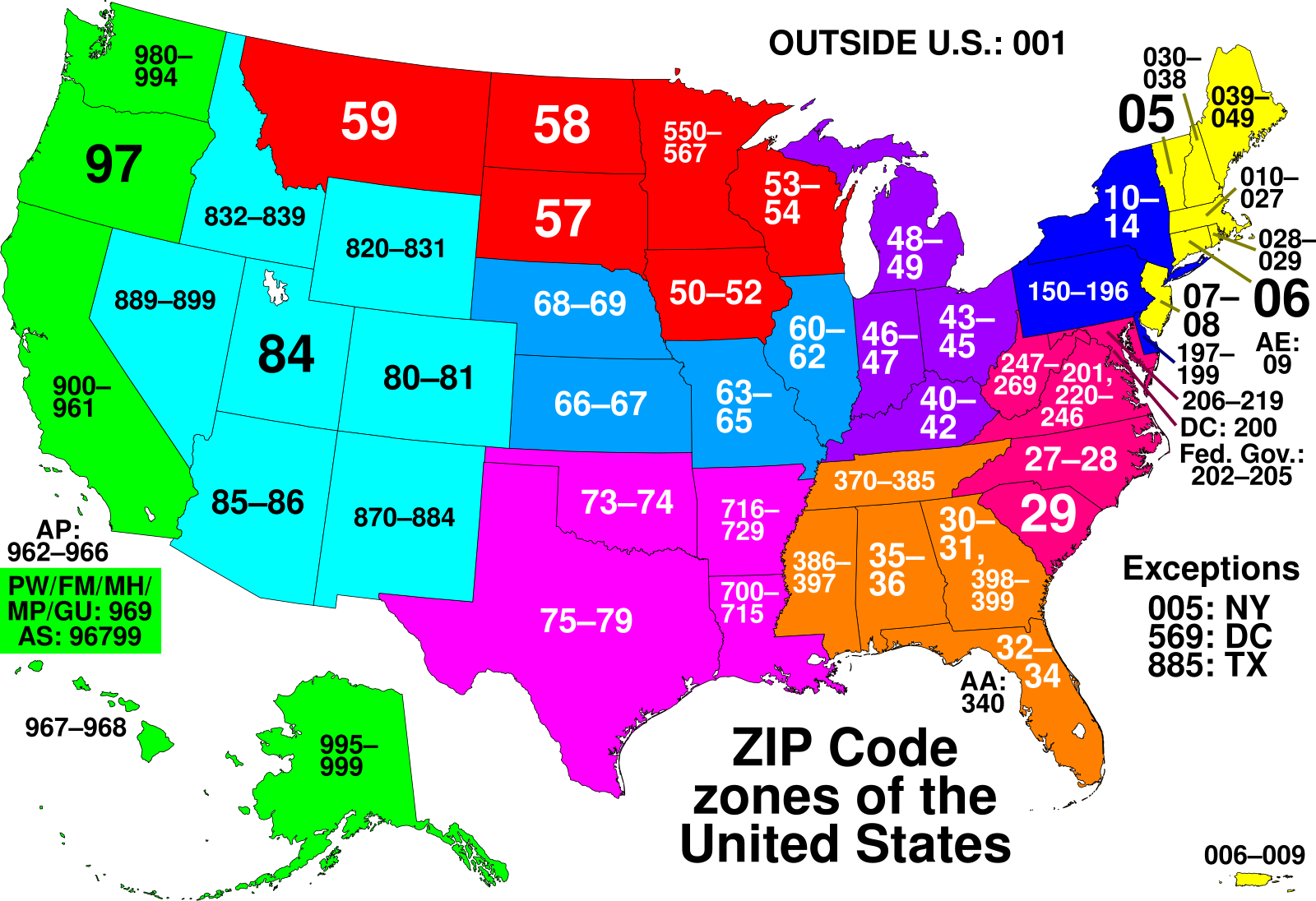Delivery systems play a crucial role in global commerce, urban planning, and consumer satisfaction. The efficiency of these systems affects supply chains, e-commerce, postal services, and last-mile deliveries. This article explores the components, challenges, and future trends of delivery systems in a rapidly evolving world.
1. Types of Delivery Systems
Delivery systems can be classified based on speed, transportation mode, and industry requirements.
1.1 Traditional Postal Delivery
Postal services remain essential for official correspondence, package shipments, and government services. Key features include:
- Standard and express mail services for varying urgency levels.
- Nationwide and international coverage for parcel deliveries.
- Reliability in both urban and rural regions.
1.2 E-Commerce and Courier Services
The rise of e-commerce has transformed delivery expectations, leading to:
- Fast and reliable courier networks.
- Real-time tracking and last-mile delivery innovations.
- Specialized services like same-day and next-day delivery.
1.3 Food and Grocery Delivery
Food and grocery delivery services have surged due to digital platforms. Key aspects include:
- On-demand delivery with mobile app integration.
- Contactless delivery options for safety and convenience.
- Temperature-controlled packaging for perishable goods.
1.4 Industrial and Freight Logistics
Large-scale freight delivery involves transporting goods across regions via:
- Trucking networks for land-based transport.
- Air cargo for high-priority shipments.
- Maritime and rail freight for bulk deliveries.
2. Key Factors Influencing Delivery Efficiency
Several factors impact the efficiency and cost-effectiveness of delivery systems.
2.1 Geographic Considerations
Geographic factors influence delivery speed and accessibility:
- Urban areas with dense populations require optimized routes.
- Rural and remote locations face logistical challenges due to infrastructure limitations.
- Weather conditions and natural disasters affect transport reliability.
2.2 Technology and Automation
Advancements in technology enhance delivery accuracy and speed through:
- GPS tracking and AI-driven route optimization.
- Drone deliveries reducing last-mile transportation costs.
- Automated sorting facilities improving package handling efficiency.
2.3 Customer Expectations and Service Levels
Modern consumers demand:
- Real-time tracking and notifications.
- Flexible delivery windows and pick-up options.
- Personalized services, such as scheduled and subscription-based deliveries.
3. Challenges in the Delivery Industry
Despite technological progress, the delivery sector faces multiple challenges.
3.1 Traffic Congestion and Urban Challenges
Cities experience high demand for deliveries, leading to:
- Traffic congestion slowing down transportation.
- Parking restrictions making last-mile deliveries difficult.
- Increased pollution from fuel-based delivery vehicles.
3.2 Cost and Resource Management
Balancing affordability and efficiency is critical. Key issues include:
- Rising fuel prices impacting operational costs.
- Labor shortages affecting courier availability.
- Inventory mismanagement leading to delivery delays.
3.3 Security and Fraud Risks
Delivery fraud and security concerns require robust solutions:
- Package theft from doorsteps and drop-off locations.
- Cyber threats targeting e-commerce transactions.
- Counterfeit products entering supply chains.
4. Innovations in Delivery Systems
Technology-driven innovations are reshaping the logistics landscape.
4.1 Autonomous Vehicles and Drones
Self-driving delivery vans and drones provide:
- Faster and cost-effective last-mile delivery.
- Reduced dependency on human labor.
- Enhanced delivery accessibility in remote areas.
4.2 Sustainable and Eco-Friendly Deliveries
Green logistics focus on reducing environmental impact through:
- Electric and hydrogen-powered delivery vehicles.
- Bicycle and pedestrian-based courier services.
- Smart packaging solutions minimizing waste.
4.3 Blockchain and AI in Logistics
AI and blockchain improve transparency and efficiency by:
- Optimizing delivery routes with real-time data.
- Enhancing security and fraud prevention.
- Automating customer support and dispute resolution.
5. The Future of Delivery Systems
The delivery industry continues to evolve with advancements in infrastructure, digital transformation, and consumer demands.
5.1 Hyperlocal and Instant Delivery Services
Faster fulfillment models cater to urban consumers through:
- Dark stores optimizing micro-fulfillment centers.
- 10-minute grocery deliveries revolutionizing retail.
- AI-driven demand forecasting for inventory precision.
5.2 Smart Cities and Integrated Delivery Networks
Future urban planning integrates delivery systems via:
- IoT-connected smart lockers for secure parcel pick-up.
- Shared delivery hubs reducing traffic congestion.
- Public-private partnerships enhancing logistics networks.
5.3 Space and Intercontinental Logistics
Emerging technologies could redefine long-distance delivery:
- Hypersonic cargo jets reducing international shipping times.
- Space-based logistics utilizing satellite relay systems.
- Lunar and Martian colony supply chains for future space travel.
Conclusion
Delivery systems form the backbone of modern commerce, influencing business efficiency and customer satisfaction. As logistics evolve with new technologies, companies and governments must balance speed, sustainability, and security to create resilient and efficient delivery networks.
